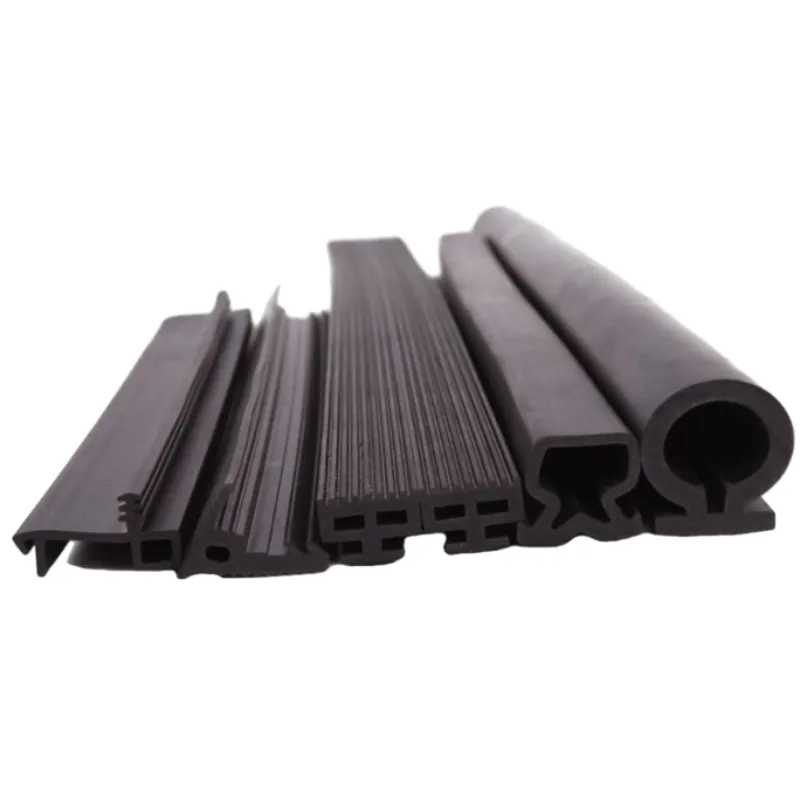keep air out under door
Keeping the Air Out Strategies for Sealing Doors
In today's world, where energy conservation and environmental consciousness are paramount, more homeowners are becoming aware of the need to keep air out under doors. This is not merely a matter of comfort; it’s also about efficiency and sustainability. In this article, we’ll explore various strategies to minimize air leakage, enhance energy efficiency, and create a more comfortable indoor environment.
Understanding the Importance of Sealing
Air leaks around doors can lead to significant energy loss. According to the U.S. Department of Energy, air leaks account for 25% to 30% of a home’s heating and cooling costs. When conditioned air escapes through gaps, the heating or cooling systems have to work harder to maintain the desired temperature. This not only increases energy bills but also places unnecessary strain on HVAC systems, potentially leading to costly repairs or replacements.
Additionally, unwanted airflow can introduce pollutants, dust, and allergens into your home, negatively impacting indoor air quality. This is especially critical for individuals with allergies or respiratory issues. Therefore, sealing doors effectively can result in both economic benefits and improved health conditions.
Identifying the Gaps
Before sealing doors, it’s essential to identify where the air is leaking. A simple way to check for gaps is to conduct a “light test.” Close the door in a dark room and observe if any light seeps through around the edges. Alternatively, on a windy day, hold a lit incense stick near the door frame. If the smoke drifts or disperses, you have air leaks.
Common places for leakage include
1. Under the Door Gaps between the floor and the door can allow a significant amount of air to flow in and out. 2. Around the Door Frame Deteriorating or improperly installed weather stripping can result in considerable air leaks. 3. Hinges and Locks Sometimes, air can escape around door hardware, particularly if they are loose.
Effective Sealing Strategies
keep air out under door

Once you’ve identified the air leaks, you can implement several strategies for effective sealing
1. Weather Stripping Installing weather stripping around the edges of the door frame is one of the most effective and cost-efficient methods. There are various types of weather stripping available, including adhesive-backed foam, V-strip, and door sweeps. Choose the one that best fits your needs and the specific gap.
2. Door Sweeps A door sweep is a long strip attached to the bottom of the door. It seals the gap between the floor and the door, preventing air, dust, and moisture from entering. Available in various materials, including rubber and vinyl, door sweeps are easy to install and can significantly reduce airflow.
3. Thresholds A threshold is the strip of material at the bottom of the door frame. If the threshold is damaged or worn, replacing it can help seal gaps. Some thresholds come with adjustable sections that can be raised or lowered to fit snugly against the door.
4. Draft Stoppers These are fabric tubes filled with insulation that can be placed at the base of doors to block drafts. While not a permanent solution, they can be quite effective and are easy to use, particularly for external doors.
5. Caulking For gaps around the door frame, caulking can be an effective sealing method. Use a high-quality exterior caulk to fill in any cracks or gaps, ensuring that the door closes tightly against the frame.
6. Routine Maintenance Regularly check and maintain your door seals. Over time, weather stripping may wear out, and door sweeps may need to be replaced. Keeping an eye on these elements can help maintain the energy efficiency of your home.
Conclusion
Keeping air out from under doors is a simple yet impactful step toward enhancing the energy efficiency of your home. By identifying gaps and employing effective sealing strategies, homeowners can save money on energy bills, improve indoor air quality, and create a more comfortable living environment. The small investment in time and resources to seal your doors will pay off considerably in the long run, both financially and in terms of comfort. So, take action today and keep the air where it belongs—inside your home!
-
Under Door Draught Stopper: Essential ProtectionNewsJul.31,2025
-
Garage Door Seal and Weatherstrips for ProtectionNewsJul.31,2025
-
Edge Banding Tape for Perfect EdgesNewsJul.31,2025
-
Table Corner Guards and Wall Corner ProtectorsNewsJul.31,2025
-
Stair Nose Edging Trim and Tile Stair SolutionsNewsJul.31,2025
-
Truck Bed Rubber Mats for Pickup BedsNewsJul.31,2025
-
Window Weather Stripping for Noise ReductionNewsJul.29,2025